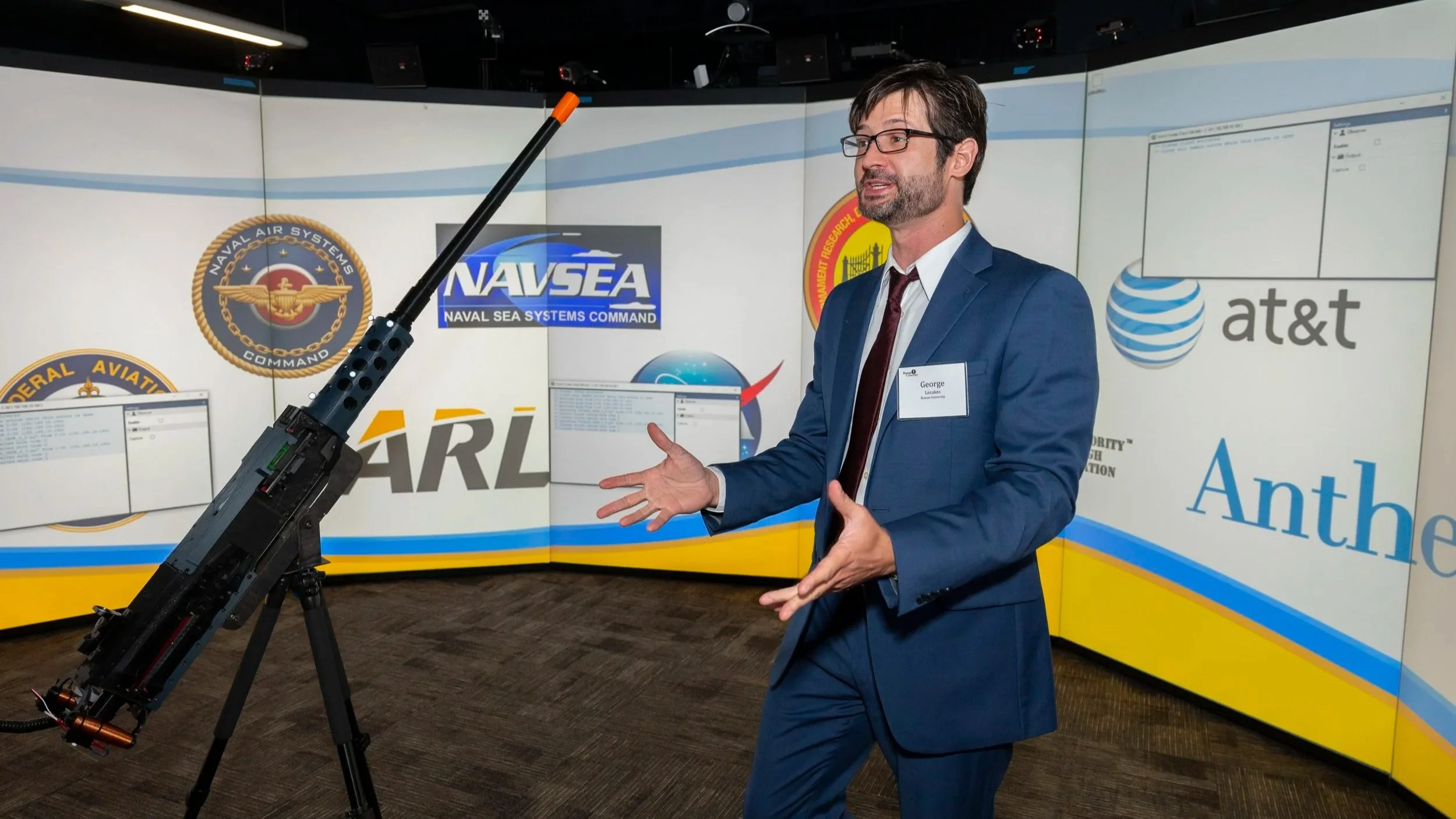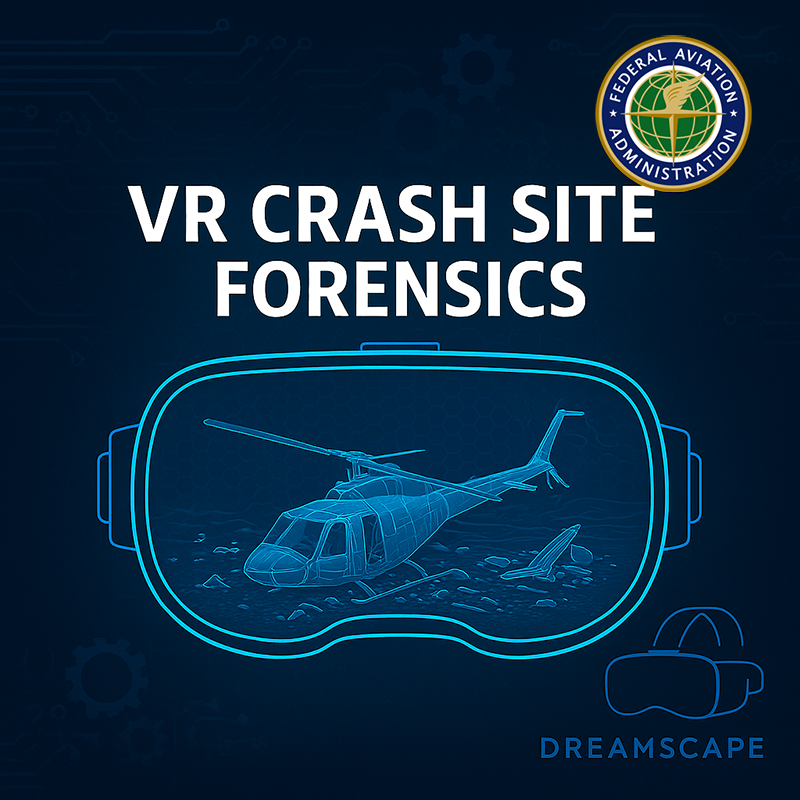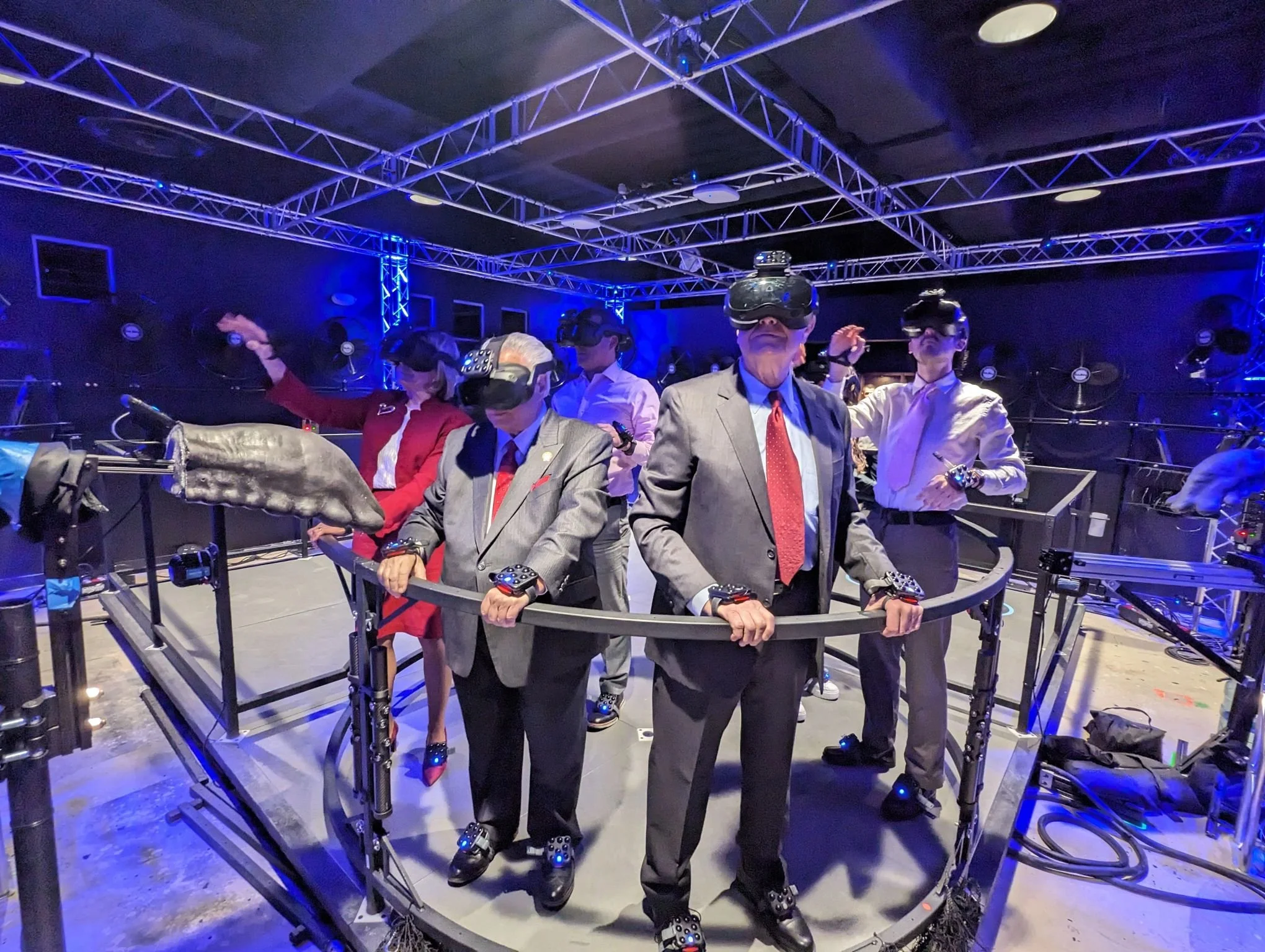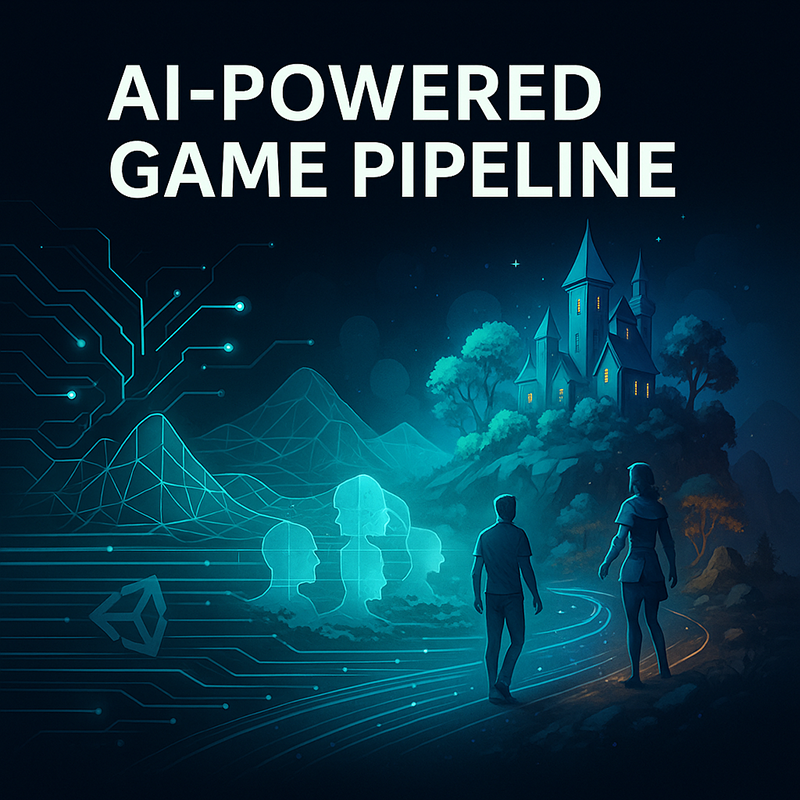Engineering Clinic : Fall 2025
Engineering Clinic at Rowan is a multi-semester, design-centered experience where students tackle real problems in small teams. You’ll gather requirements, prototype, test, iterate, and deliver—gaining practical skills across systems engineering, documentation, and communication.
This semester we are seeking Electrical and Computer Engineering students who love systems thinking, real-time software, sensing, human-computer interaction, and applied R&D. Curiosity and initiative are a must.
Dr. George Lecakes
Director of Immersive Technology & Learning at Rowan University and Associate Director for Virtual Reality at MAVRC. He leads university-wide efforts to deploy VR for education and research, building production-grade interactive systems and mentoring cross-disciplinary teams.
Focus Areas
Virtual & Augmented Reality for training and decision support
Real-time simulation & human-in-the-loop systems
Technical leadership, pipeline design, and mentoring
Contact
Questions about enrollment or scope? Email: lecakes@rowan.edu
VR Crash Site Forensics
In partnership with the FAA Rotorcraft Group, students will design and develop a virtual crash site investigation in the Dreamscape Free Roam pod and VR classroom—an immersive training tool that simulates real-world rotorcraft accident forensics.
What we’ll build
Interactive, room-scale crash scene with evidence capture
Investigation workflow: survey → mark → sample → report
Data layers: debris fields, rotor systems, flight path cues
Instructor dashboard & session replay
Tech Stack
Unity (C#) with OpenXR for Free Roam & classroom
Dreamscape pod APIs & multi-user networking
3D content pipeline (Blender, Substance) as needed
Git/Plastic for version control; CI builds to headsets
Roles
Interaction/Tools Engineer (evidence capture & UI)
Simulation/Systems Engineer (state, logic, data)
Performance Engineer (profiling, networking, QA)
Teams of 2–3; mentored by three master’s students; coordination with FAA partners.
Milestones
Work with FAA experts to learn crash site investigations and research past crashes
Collaborate with story and narrative design specialists to transfer curriculum into an interactive VR experience
Develop VR code to build crash sites, allow users to walk around and inspect, and assess performance
Deliver prototype experience in the VR Free Roam pod and classroom by December
Outcomes
A working VR training module
Documentation of workflows and tools created
End-of-semester demo day with live walk-through
AI-Powered VR Game Pipeline
This project explores how AI can transform the way we build games and immersive worlds. The challenge: replace the entire development pipeline with AI models, from concept art to narrative design, storyboarding, 3D assets, textures, animations, and even real-time avatars.
Students will not just experiment with AI tools—they’ll connect them into a production-ready pipeline. The end goal is to deliver a prototype VR/interactive world where nearly everything has been AI-generated and engineered to run in real-time.
What we’ll build
Concept and narrative design using AI language and story models
AI-generated storyboards, environments, and assets
AI-based 3D model creation and texture workflows
AI-driven animation and motion capture alternatives
Real-time avatars generated and controlled by AI
A unified pipeline to integrate these outputs into Unity
Tech Stack
Unity (C#) for VR/real-time integration
Generative AI models (Stable Diffusion, LLMs, MeshyAI, Audio2Face, etc.)
Asset pipelines for AI → engine import (FBX/GLTF + textures)
Middleware scripts to automate generation and integration
Milestones
Research & Evaluate AI models for concept art, 3D generation, storyboarding, animation, and avatars
Design a Pipeline linking these AI models into a cohesive workflow
Prototype World — generate environments, assets, and characters with AI and integrate them into Unity
Final Delivery — present a working AI-generated prototype world in Unity/Dreamscape by December
Outcomes
A functioning AI-driven development pipeline
Documentation of models, tools, and workflows tested
A demo VR/interactive experience showing AI-generated assets and avatars
Insights into the future role of AI in engineering and creative industries





